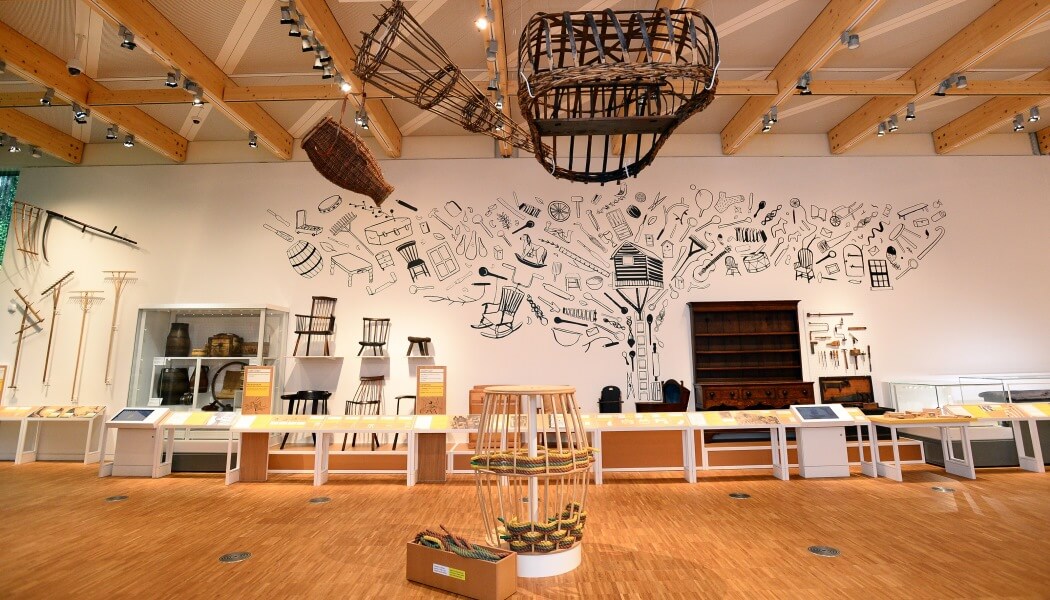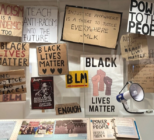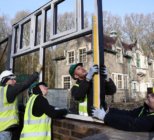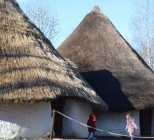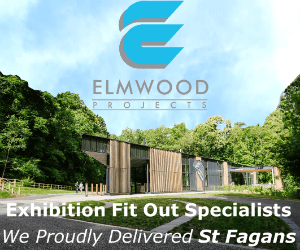Everyone has the right freely to participate in the cultural life of the community, to enjoy the arts and to share in scientific advancement and its benefits
In December of 1948 The Universal Declaration of Human Rights was adopted by the United Nations General Assembly and the quote above was at the forefront of the minds of the team at St Fagans as they went about transforming their open air museum that was also launched 70 years ago.
Amgueddfa Cymru – National Museum Wales says its aspiration for redeveloping St Fagans National Museum of History, which it first made public in 2005, was to transform the visitor experience and break new ground in terms of museum practice especially in terms of participation. During the tender the museum also included a community benefit plan, which potential contractors were scored on. This led to eventual contractors developing an apprenticeship scheme, work placements and ‘tools down’ days so that the local community could see the ongoing development first hand.
Now completed, following fit-out by Elmwood Projects, and open to the public, the museum has increased its learning spaces eight-fold, completely refurbished its main building and entrance – which includes a new covered courtyard, new restaurant and improved visitor facilities – established a new multi-purpose building Gweithdy (the Welsh for workshop, opened in 2017) and recently opened three new galleries. The redevelopment has also seen the reconstruction of Iron Age buildings and a medieval Princes court, the latter of which will, from 1 April 2019, accommodate overnight stays for schoolchildren.

The St Fagans redevelopment project is not only National Museum Wales’s largest project to date but also part of the largest HLF grant awarded in Wales (£12.5m). And in order to make it relevant and accessible to the public the museum remained open throughout the redevelopment project, which has led to co-curation programmes and has also enabled the team to turn the redevelopment process into a public programme. This has seen apprenticeships, work-placements and more than 3,000 volunteers involved in the construction process including people of all ages and backgrounds who have helped to shape the redevelopment. Decisions relating to the project, such as creating space for overnight stays suggested by a pupil and his teacher, have been taken based on discussions and debates with these volunteers and 120 third- and public sector partners.
The new spaces for learning and collections research in the Weston Centre for Learning, which has already welcomed over 60,000 pupils and students since it opened in September 2017, also benefit Amgueddfa Cymru as the largest provider in Wales of learning outside the classroom.
“One of the aims from the beginning was to make St Fagans more participatory,” says said Nia Williams, Director of Learning at St Fagans. “We were interested at the time in the work of Nina Simon and the participatory museum and also in the right to culture, which formed part of the United Nations Declaration of Human Rights back in 1948 and how perhaps museums have been slow to respond to that. We have known for a long time that there are several boundaries to participation in museums and one of the main things we wanted achieve with the redevelopment was to tackle that by further diversifying and being more inclusive.”
Williams says that St Fagans has always been a people’s museum and they have now created an ‘amazing space’ that builds on the roots and philosophy that the founder Iorwerth Peate pushed for on its establishment in 1948 and taken it into the 21st century. This means ensuring that there is proportional representation and support for cultural participation at the museum.
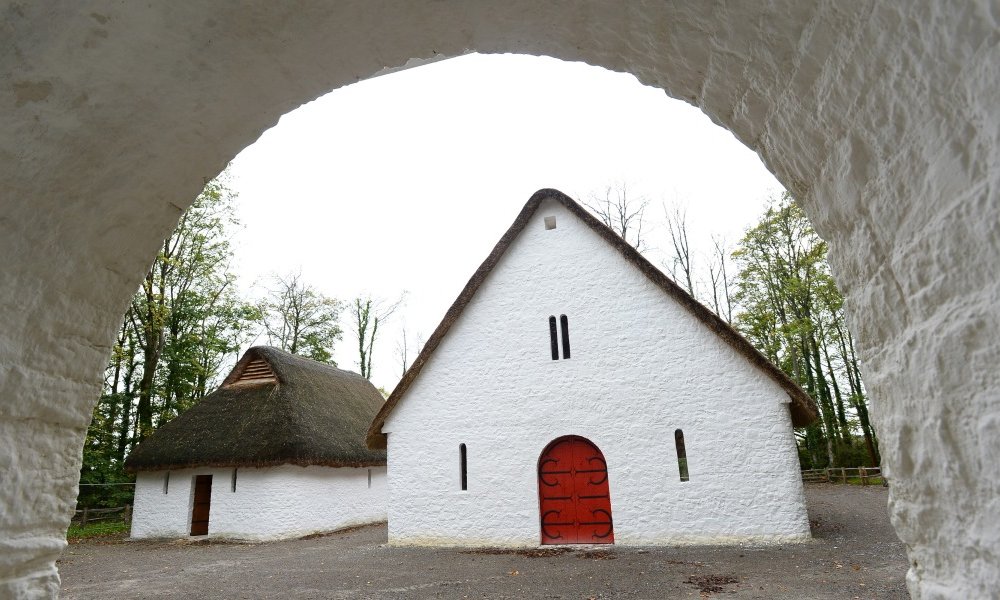
“We took a brave decision not to close but to turn the whole redevelopment process into a public participatory programme,” she says. “The challenge that people put to us was ‘make it worth our while to visit’.” To meet with that challenge the museum instigated ways the community could get involved with the building and content of the museum, so from the start many communities would already have a vested interest.
Several of the displays have been co-produced using a number of different models. One includes work with Mencap Cymru, which supports people with extra learning needs. Williams and her team worked with Mencap on their Hidden Now Heard project, which involved them recording the hidden histories of six long-stay hospitals in Wales. And she says that fitted in with the new galleries the museum was developing and saw them train a Mencap member and community councillor, Sara Pickard, who has Down’s Syndrome, as an oral historian. “So rather than us do the collecting, it was the members themselves and that was far more powerful in terms of the narratives, stories and testimonies,” says williams, “This forms part of the Life Is gallery in the main building and looks at the people’s story. A lot of the history in this gallery is told from the voices we have in the archives. Rather than it being one narrative or curatorial voice.”
The newly reconstructed buildings have also been developed with the community such as the Iron Age houses including Bryn Eryr, a 2,000-year-old farmstead – which was the first building to be completed as part of the Making History project in the summer of 2016 – that was built with the help of 1,000 volunteers from all ages and backgrounds. It meant they were able to be physically involved in the creation of a museum exhibit. The museum has also supported apprenticeship schemes for stonemasons in some of the more challenging buildings such as Llys Llywelyn.
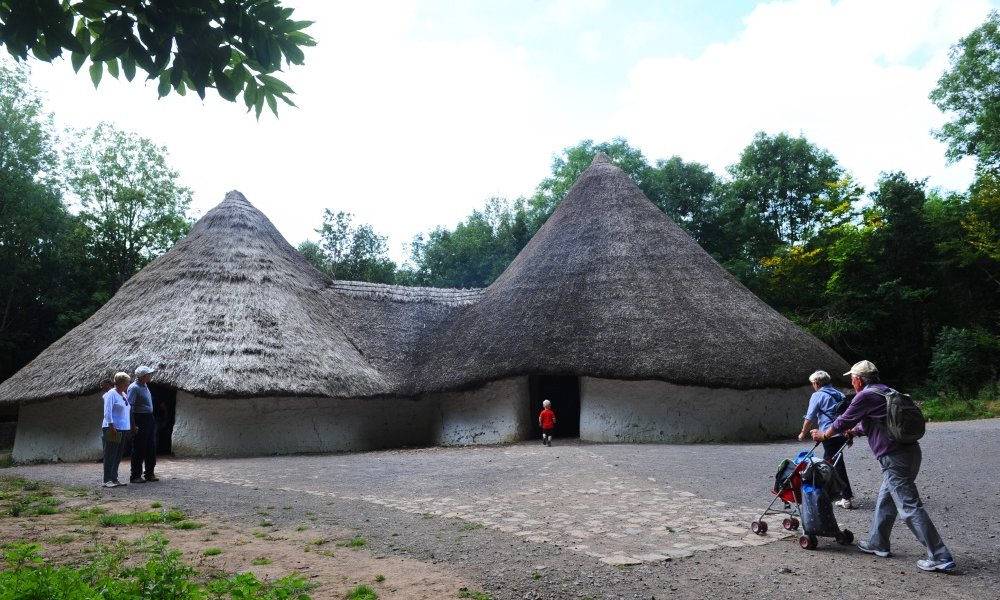
“We took a view, which was really important, that people are part of the story and part of creating the museum with us and the redevelopment isn’t the end, we see this as the beginning of a new way of working. We now have places and platforms we can use to co-produce and work with communities across Wales.”
One of the key transformations of the Making History project was to address what was not working and rectify it. This included the main building that had become the main visitor entrance but was not actually designed for that purpose. Over time the museum had changed the design internally to accommodate gallery space and it had become difficult for the visitor to orientate themselves.
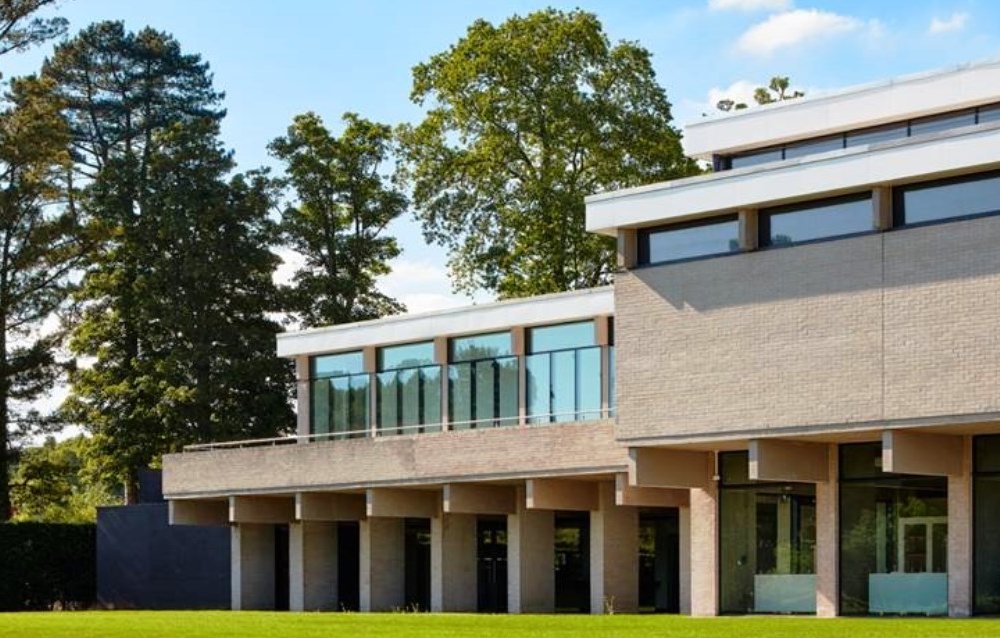
The building was completed in 1975 and is an example of Welsh modernist architecture and was given Grade II listed status by Cadw in 2011. Now it has been refurbished to create two new galleries, a temporary exhibition space, a learning centre, a collections study centre and a new shop and restaurant. As well as this the courtyard has been covered creating an atrium with a new roof that gives a double-height space with access to all parts of the building and a welcome area with a new reception desk that acts as a place where ‘visitors can get their bearings and plan their visit’. This area can also be used as a community stage for events, concerts, pop-up displays and to hire out after hours.
“Now we have a building that allows you to see the outside wherever you are and the circulation route is very clear for the visitor. We have created new spaces for learning and for sharing as well as two new galleries and a café that looks out onto the beautiful site rather than onto the car park like the old one did. It’s much more welcoming, much lighter and easy to orientate. We have placed participatory practice as part of everybody’s work, so we don’t see learning and engagement as something that sits just within the learning and engagement team.”
As an open air museum, St Fagans includes more than 50 historic buildings, many of which have been moved from locations across Wales and tells the story of the country from 230,000 years ago to the present day. And now thanks to the redevelopment, more historic buildings and interpretation have been added, but more significantly there are now new opportunities for visitors to learn, play and be creative with hands-on experiences within the exhibitions and also participate in a larger events and learning programme. Thus ensuring, like the Declaration of Human Right intended, they can freely participate in the cultural life of the community and enjoy the arts.

